As it was around the country at the time, public transportation in Boston in the 1830s and 1840s was discriminatory, based on Jim Crow segregation. To protest not being permitted to travel in first class with white patrons, esteemed Black abolitionist Frederick Douglass and his friend, white politician James N. Buffum, boarded an Eastern Railroad Company train in a first class car going from Lynn to Newburyport, Massachusetts, on September 29, 1841. Douglass was immediately ejected from the train.
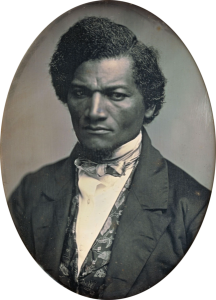
Frederick Douglass
According to Peter Lauranzano in his essay Resistance to the Segregation of Public Transportation in the Early 1840’s,
The conductor of the train approached the two men and ordered them to leave the car. Refusing to do so, two brakemen tried to physically remove the men. Before they could, a fight broke out between the two cars. For several days the train did not make the stop in Lynn knowing in the event that Douglass would come aboard again. Douglass’ and Buffum’s actions led to similar incidents on the Eastern Railroad. Read more.
Following this direct action against racial segregation, public opinion in New England began to turn, which was followed, in turn, by legislative changes. As Lauranzano details, a bill was passed in Massachusetts in 1843 that banned segregation on public transportation, though cases of discriminatory practices continued to be reported.
Additional Resources
Public Transit and Black American Persistence (New York Historical Society Museum & Library)
Transportation Protests: 1841 to 1992 by Julian Hipkins III and David Busch (Civil Rights Teaching)

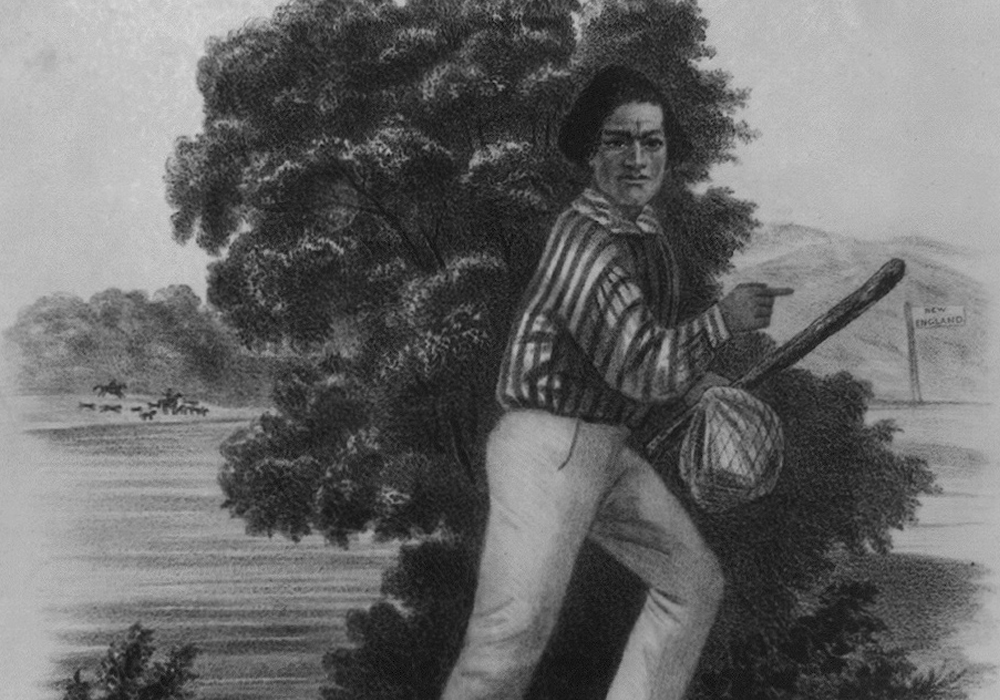
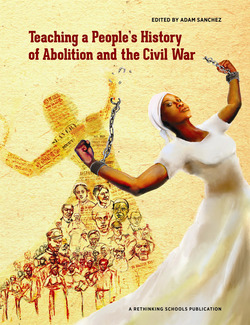
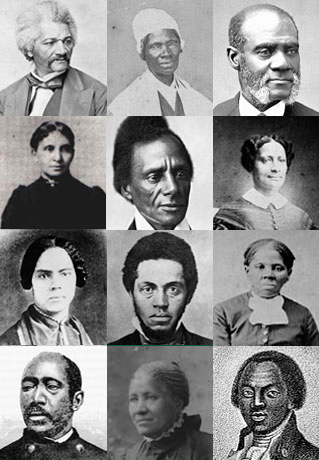
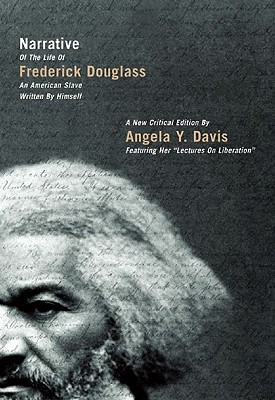
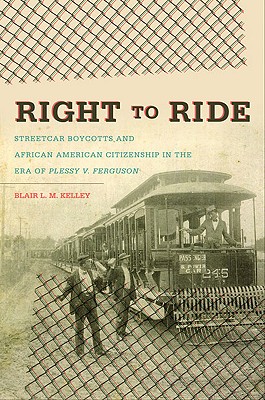
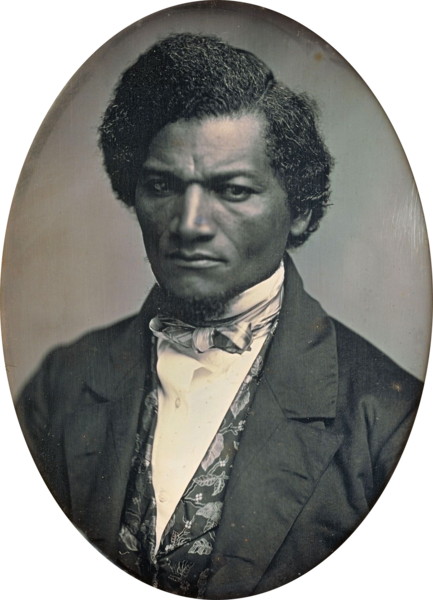
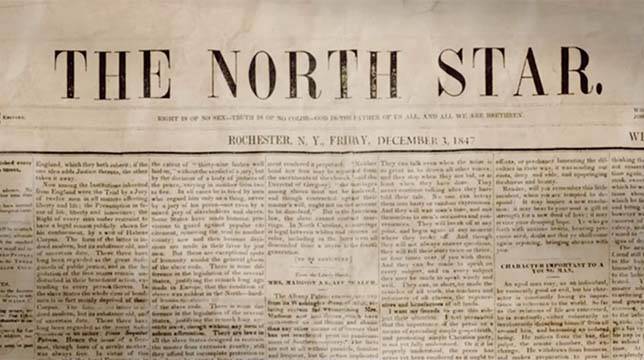
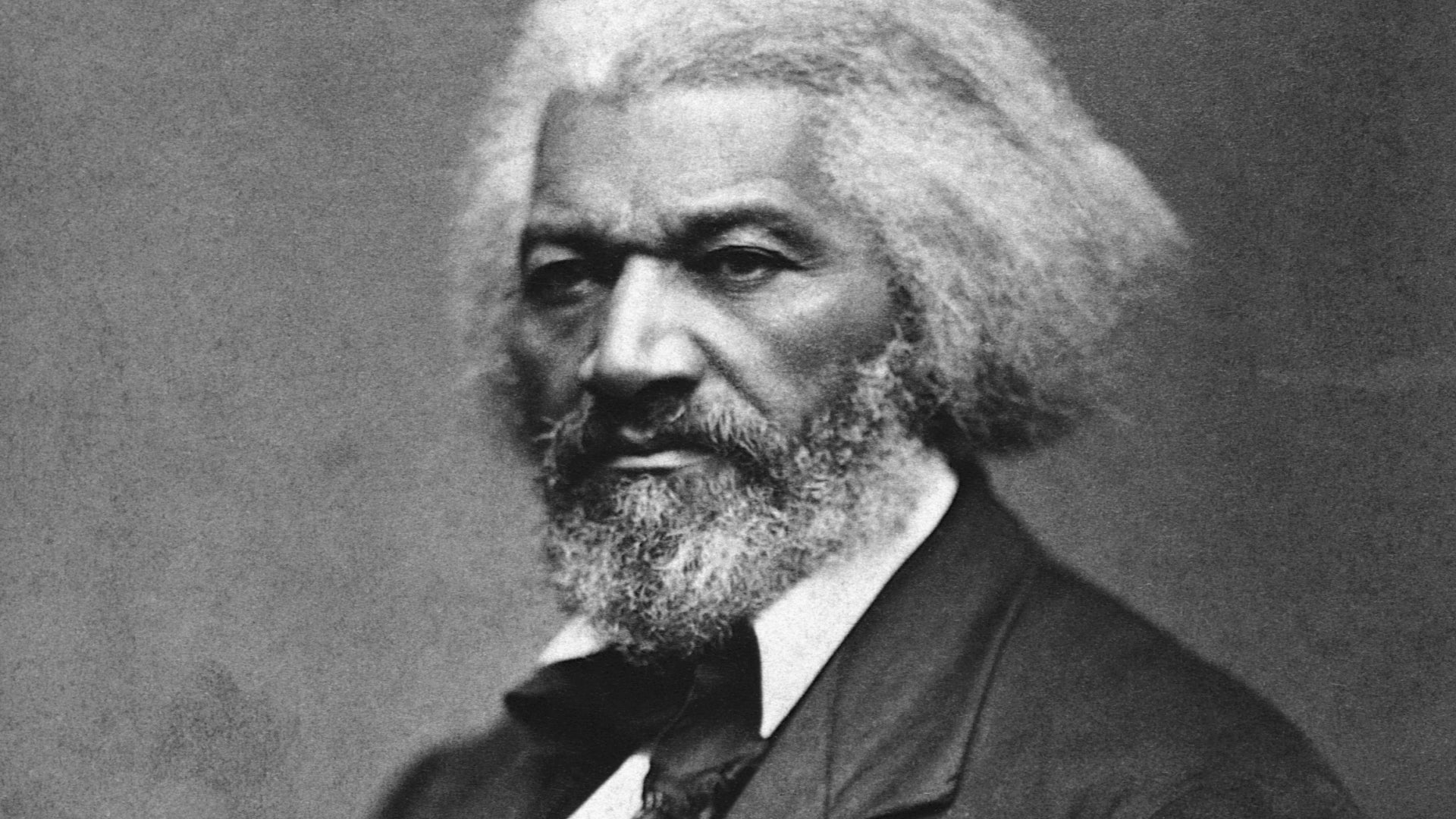





Twitter
Google plus
LinkedIn